Front Drive Axle Bearing Wear Tapered
Tapered Roller Bearing Diagnosis
Consider the following factors when diagnosing bearing condition:
| • | General condition of all parts during disassembly and inspection. |
| • | Classify the failure with the aid of the illustrations. |
| • | Determine the cause. |
| • | Make all repairs following recommended procedures. |
Abrasive Roller Wear

Pattern on the races and the rollers caused by fine abrasives. Clean all of the parts and the housings. Check the seals and the bearings. Replace any leaky, rough, or noisy bearings.
Abrasive Step Wear
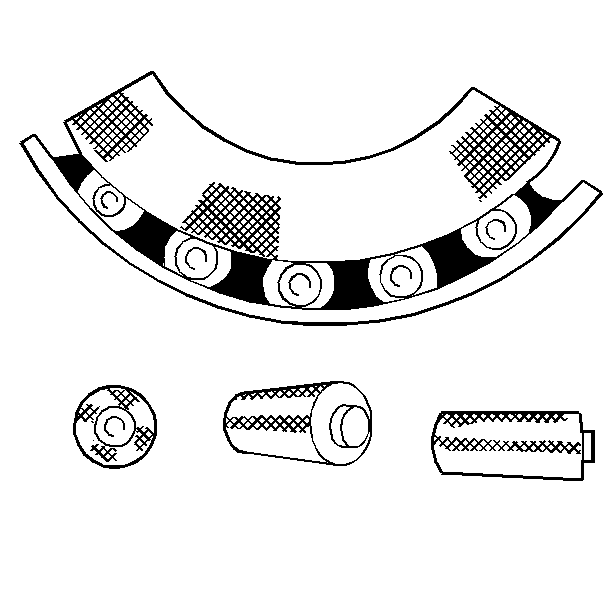
Pattern on the roller ends caused by fine abrasives. Clean all of the parts and the housings. Check the seals and the bearings. Replace any leaky, rough, or noisy bearings.
Galling
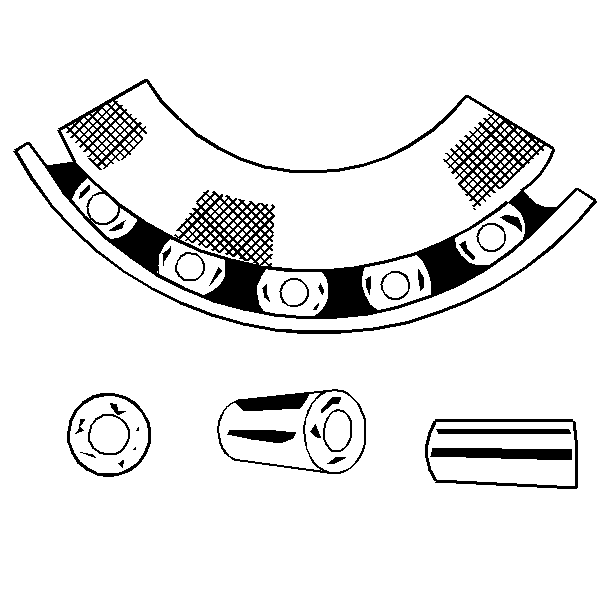
Metal smears on the roller ends due to overheating, lubricant failure, or lubricant overload. Replace the bearing. Check the seals. Check for proper lubrication.
Etching
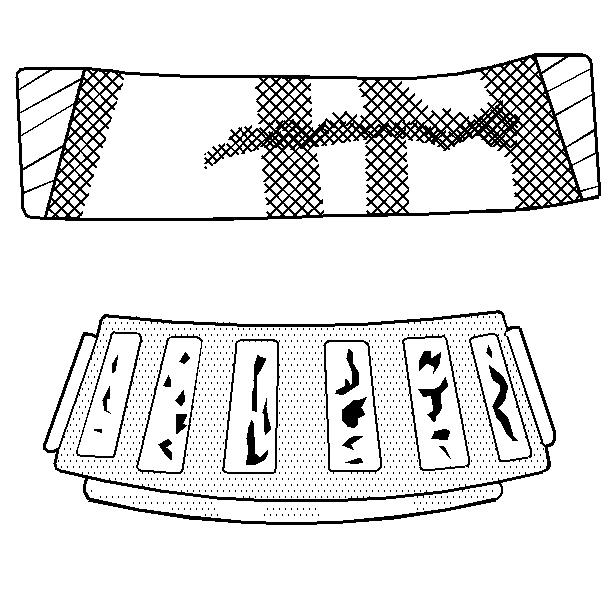
Bearing surfaces appear gray or grayish black in color, with related etching away of material usually at roller spacing. Replace the bearings. Check the seals. Check for proper lubrication.
Bent Cage
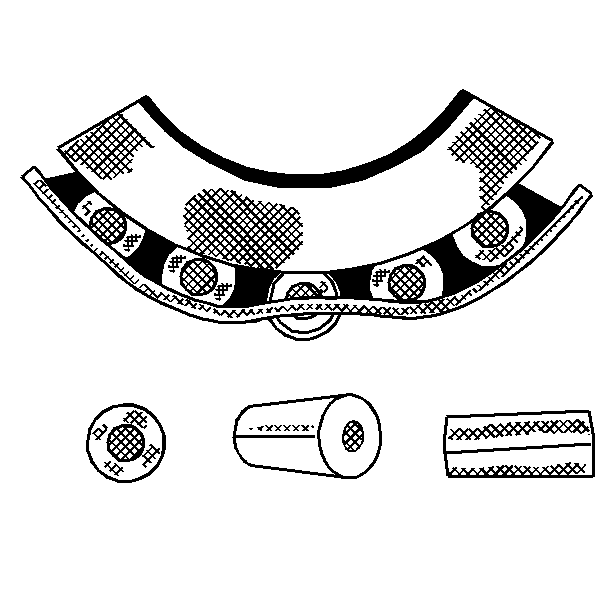
A damaged cage due to improper handling or improper tool usage. Replace the bearing.
Cage Wear
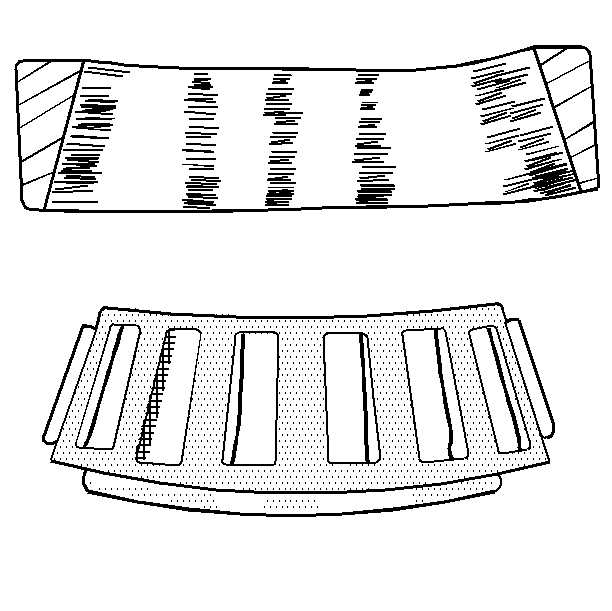
Wear around the outside diameter of the cage and the roller pockets caused by abrasive material. Wear caused from inefficient lubrication. Clean the related parts and the housings. Check the seals. Replace the bearings.
Indentations

Surface depressions on the race and the rollers caused by hard particles of foreign matter. Clean all the parts and the housings. Check the seals. Replace rough or noisy bearings.
Frettage
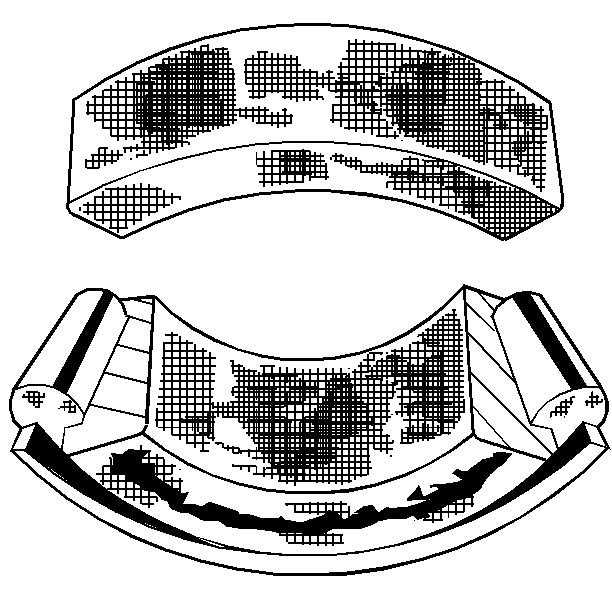
Corrosion caused by small relative movement of parts with no lubrication. Replace the bearing. Clean the related parts. Check the seals. Check for proper lubrication.
Smears
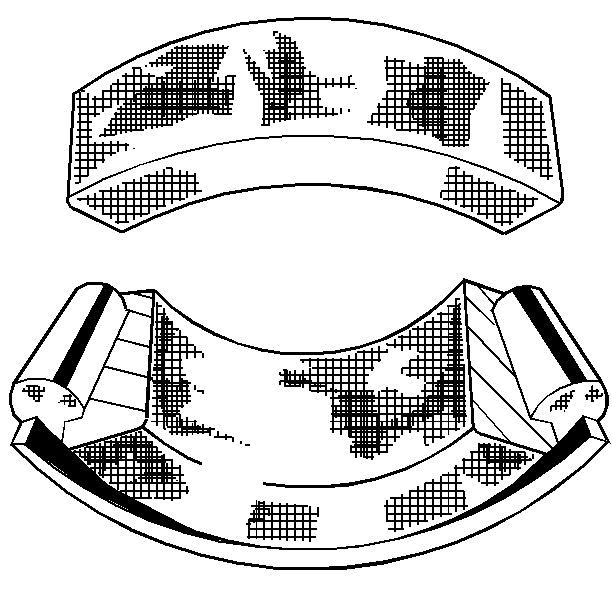
Smearing of the metal due to slippage. Slippage can be caused by the following factors:
| • | Poor fits |
| • | Lubrication |
| • | Overheating |
| • | Overloads |
| • | Handling damage |
Replace the bearings. Clean the related parts. Check for proper fit and lubrication.
Stain Discoloration

Discoloration ranging from light brown to black. This discoloration is caused from incorrect lubrication or moisture. Reuse the bearing if you can remove the stains with light polishing. Reuse the bearing if there is no evidence of overheating. Check the seals and the related parts for damage.
Heat Discoloration
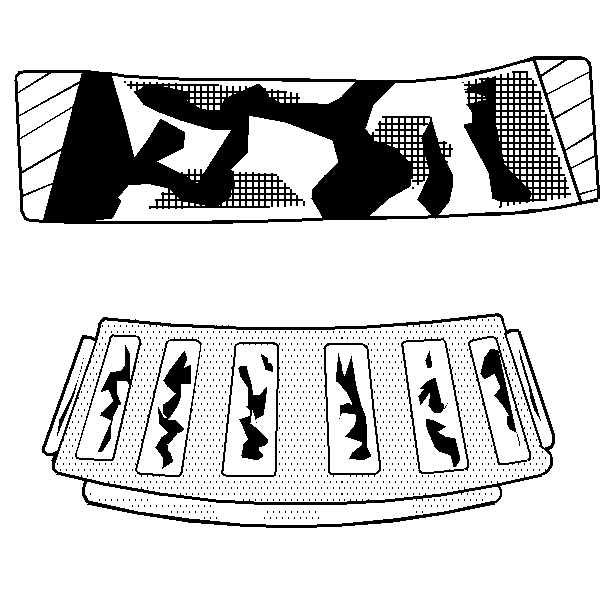
Heat discoloration ranges from faint yellow to dark blue. This discoloration results from overload or an incorrect lubricant. Excessive heat causes softening of the races or the rollers. In order to check for loss of temper on the races and the rollers, perform a file test. A file drawn over a tempered part will grab and cut the metal. A file drawn over a hard part will glide readily with no metal cutting. Replace the bearings if overheating damage is indicated. The tempered part will fail the file test. Check the seals and the other related parts.
Misalignment
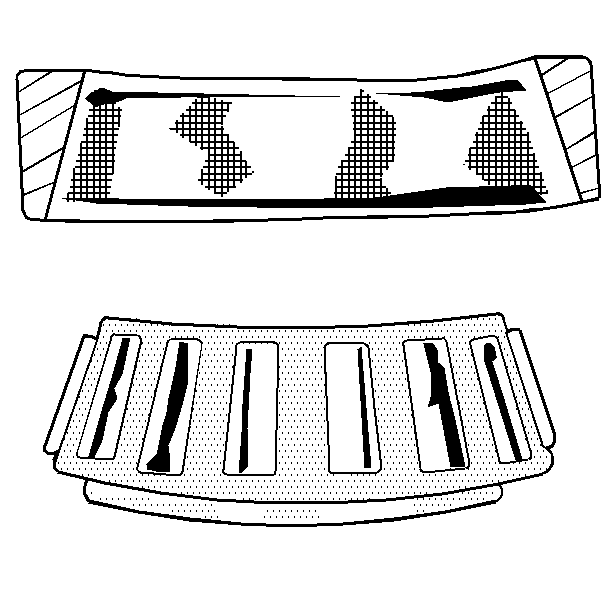
A misaligned outer race due to a foreign object. Clean the related parts. Replace the bearing. Ensure the races are properly sealed.
Cracked Inner Race
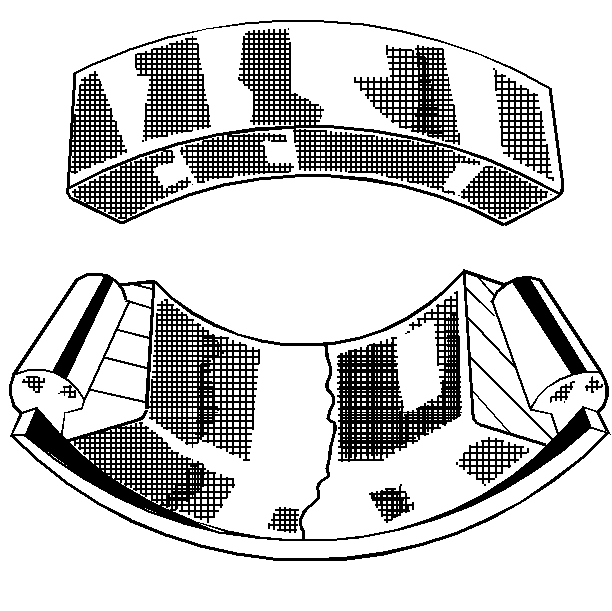
Cracked race due to improper fit, cocking, or poor bearing seats. Replace the bearing. Correct bearing seats.
Fatigue Spalling
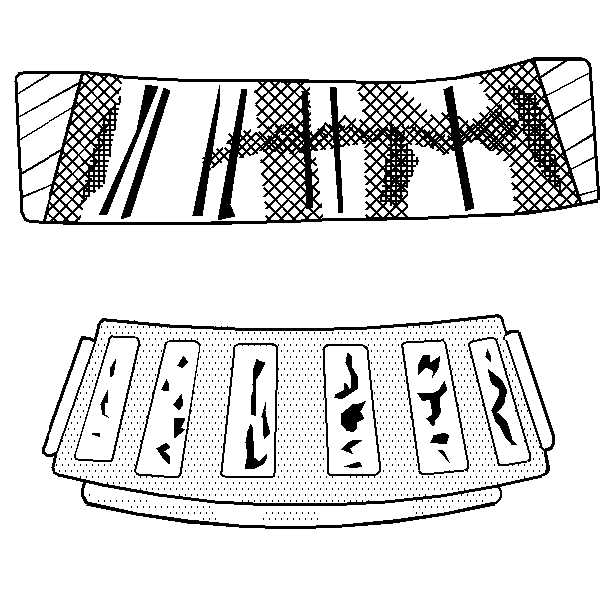
Flaked surface metal that results from fatigue. Replace the bearing. Clean all related parts.
Brinelling
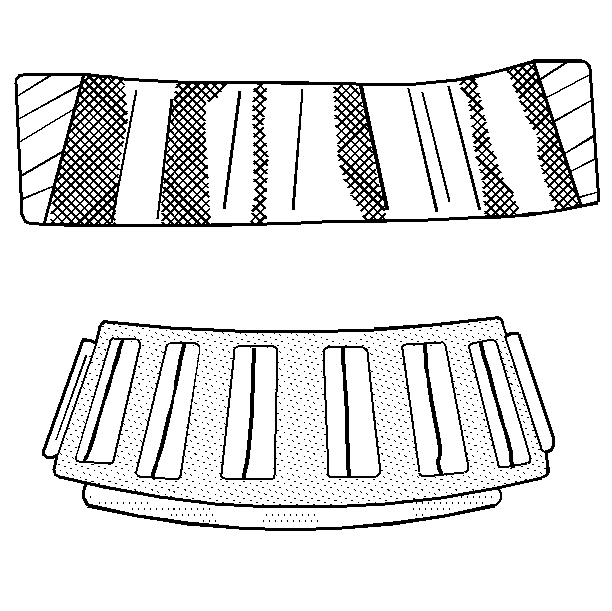
Surface indentations in the race way caused by the rollers under impact loading or caused from vibration while the bearing is not rotating. Replace a rough or noisy bearing.
Front Drive Axle Bearing Wear Straight
Straight Roller Bearing Diagnosis
Consider the following factors when diagnosing a bearing condition:
| • | Note the general condition of all parts during disassembly and inspection. |
| • | Classify the failure with the aid of the illustrations. |
| • | Determine the cause. |
| • | Make all repairs following recommended procedures. |
Wear (Minor)

Light pattern on races and rollers can be caused by fine abrasives. Clean all of the parts including the housings. Check the seals. Replace the bearings if rough or noisy. Replace the shaft if damaged.
Wear (Major)
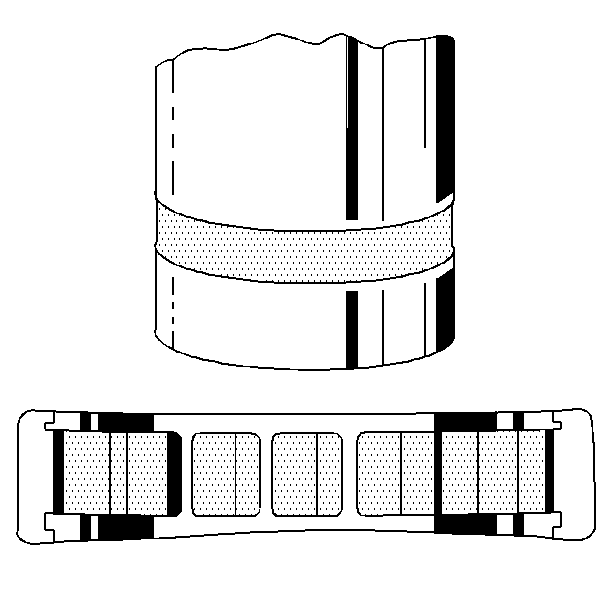
Heavy pattern on races and rollers can be caused by fine abrasives. Clean all of the parts including the housing. Check the seals. Replace the bearings if rough or noisy. Replace the shaft if damaged.
Brinelling
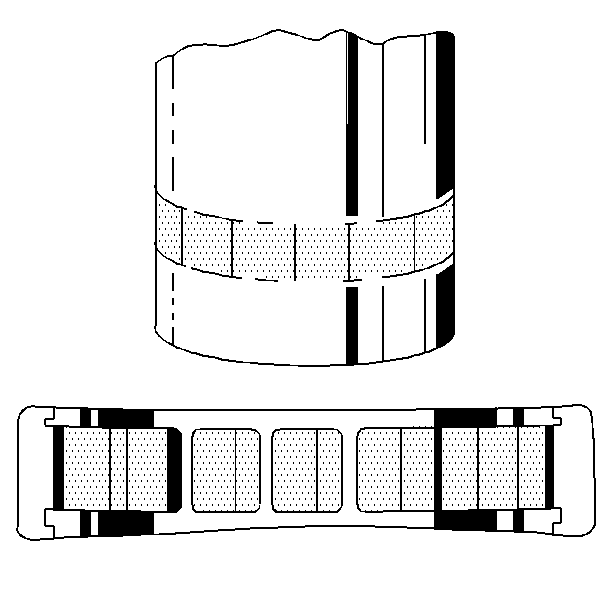
Surface indentations in the raceway can be caused by roll either under impact loading or vibration while the bearing is not rotating. Replace the bearing if rough or noisy. Replace the shaft if damaged.
Indentations
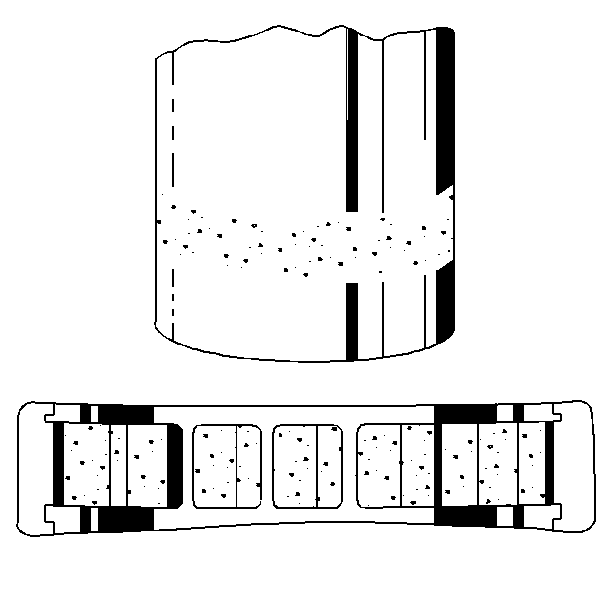
Surface depressions on race and rollers can be caused by hard particles of foreign material. Clean all of the parts, including the housing. Check the seals . Replace the bearings if rough or noisy. Replace the shaft if damaged.
Single Edge Pitting

Flaking of surface metal results from fatigue, usually at one edge of race and rollers. Replace the bearing. Clean all related parts. Replace the shaft if damaged.
Double Edge Pitting
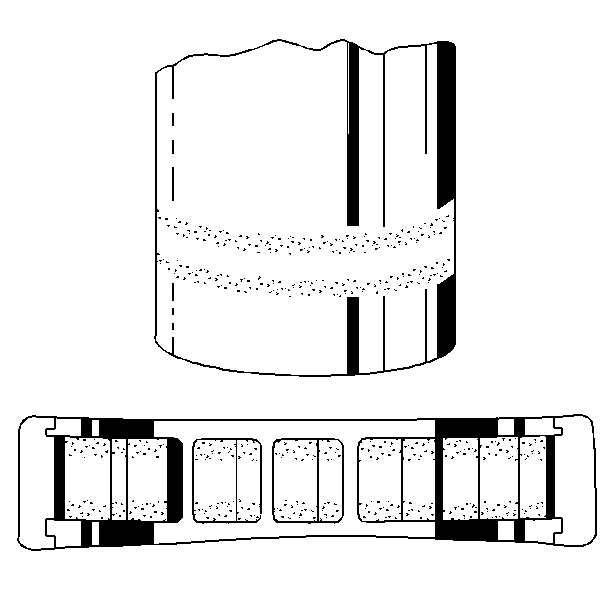
Flaking of surface metal results from fatigue, usually at both edges of the race and rollers. Replace the bearing. Clean all related parts. Replace the shaft if damaged.
Misalignment
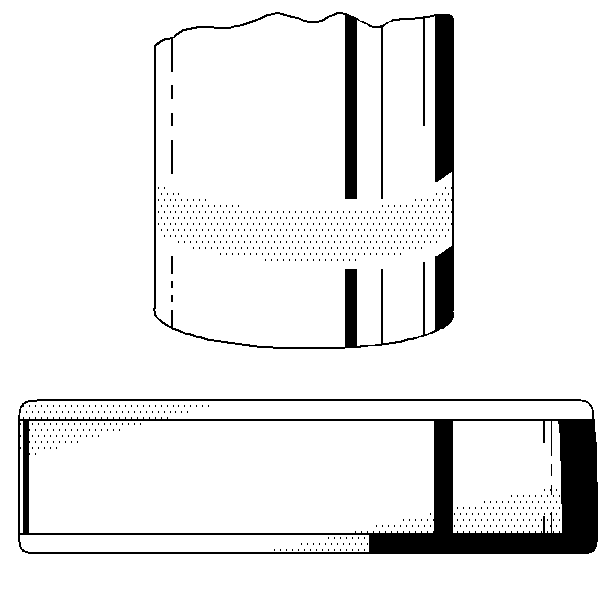
Outer misalignment due to a foreign object. Replace the bearing. Ensure races are properly seated. Replace the shaft if the bearing operating surface is damaged.
Frettage
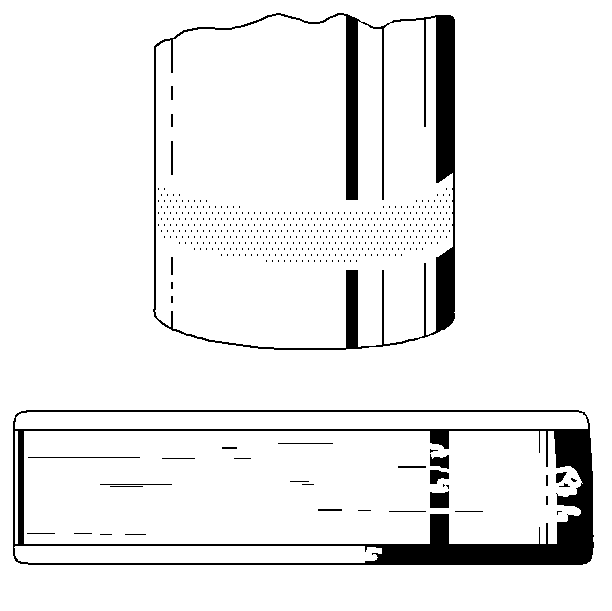
Corrosion set up by a small relative movement of parts with no lubrication. Replace the bearing. Clean all the relative parts. Check the seals. Check for proper fit and lubrication. Replace the shaft if damaged.
Smears
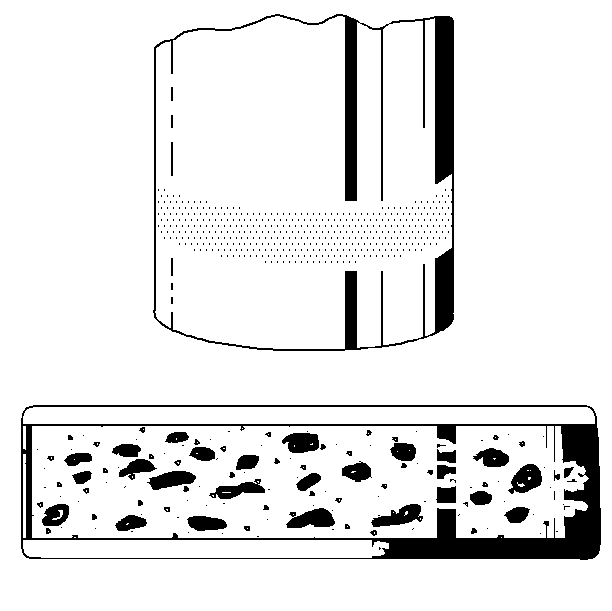
Smearing of metal due to slippage. Slippage can be caused by poor fits, lack of lubrication, overheating, overloads or handling damage. Replace the bearing. Clean all the related parts. Check for proper fit and lubrication.
